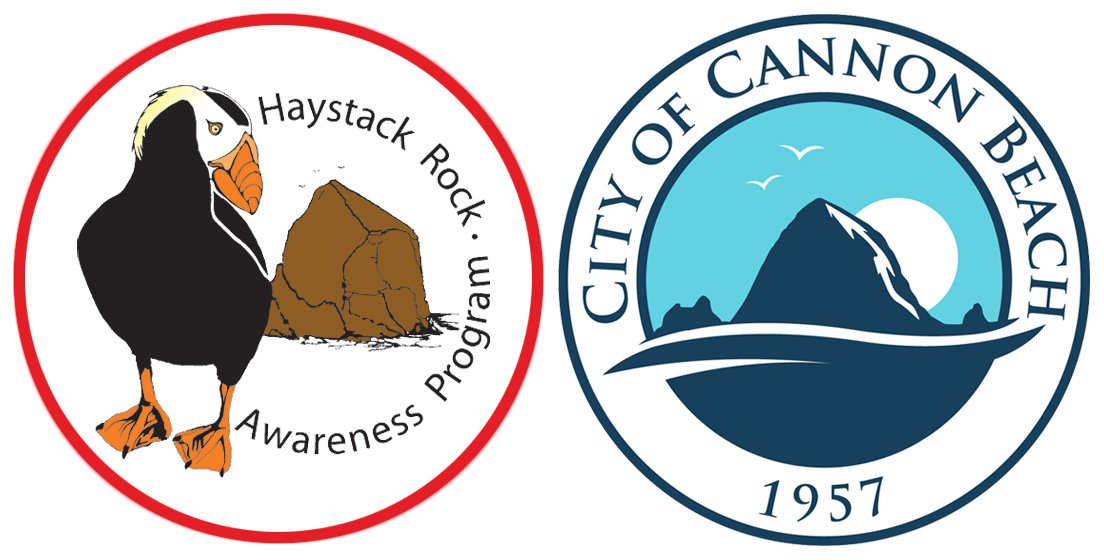California Beach Hopper (Megalorchestia californiana)
California beach hopper (photo credit: Walla Walla University)
Description: California beach hoppers may also be called California sand fleas or long-horned beach hoppers. They are small hopping amphipods with long orange antennae. Capable of growing to almost 3 cm long, California beach hoppers look like a large insect with jointed limbs and a segmented body. As their name suggests, they use their long legs to jump high into the air like a flea. Often covering seaweed that has washed onto the beach, California beach hoppers bounce up and down creating a cloud around the beach debris.
Habitat: Found on sandy beaches, California beach hoppers dig burrows near the wrack line. They are found from British Columbia, Canada down to southern California.
Diet: California beach hoppers forage at night and eat seaweed that has washed ashore.
Tide Pool Tidbits:
The life span of a California beach hopper is about one year.
A California beach hopper can molt (grow a new exoskeleton) up to 20 times in its life.
California beach hopper burrows can be 30 cm deep!
References: Walla Walla University, Sea Life Base


